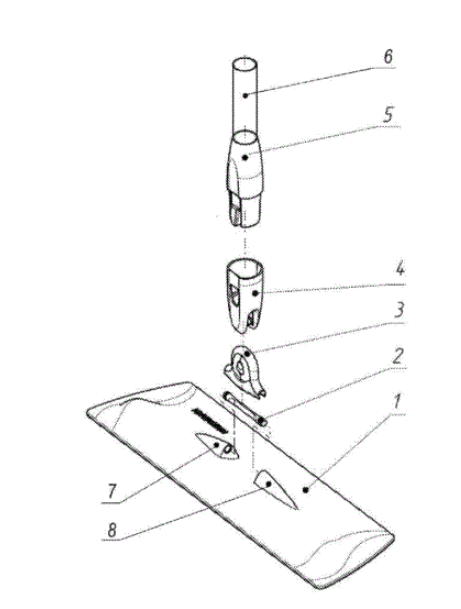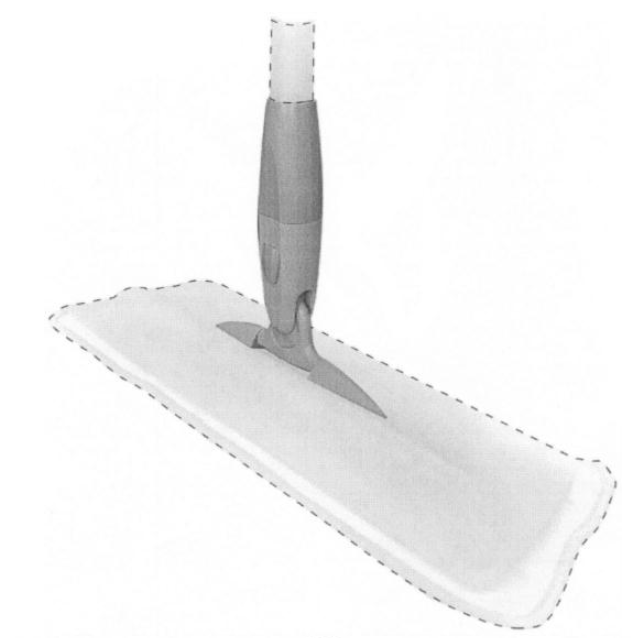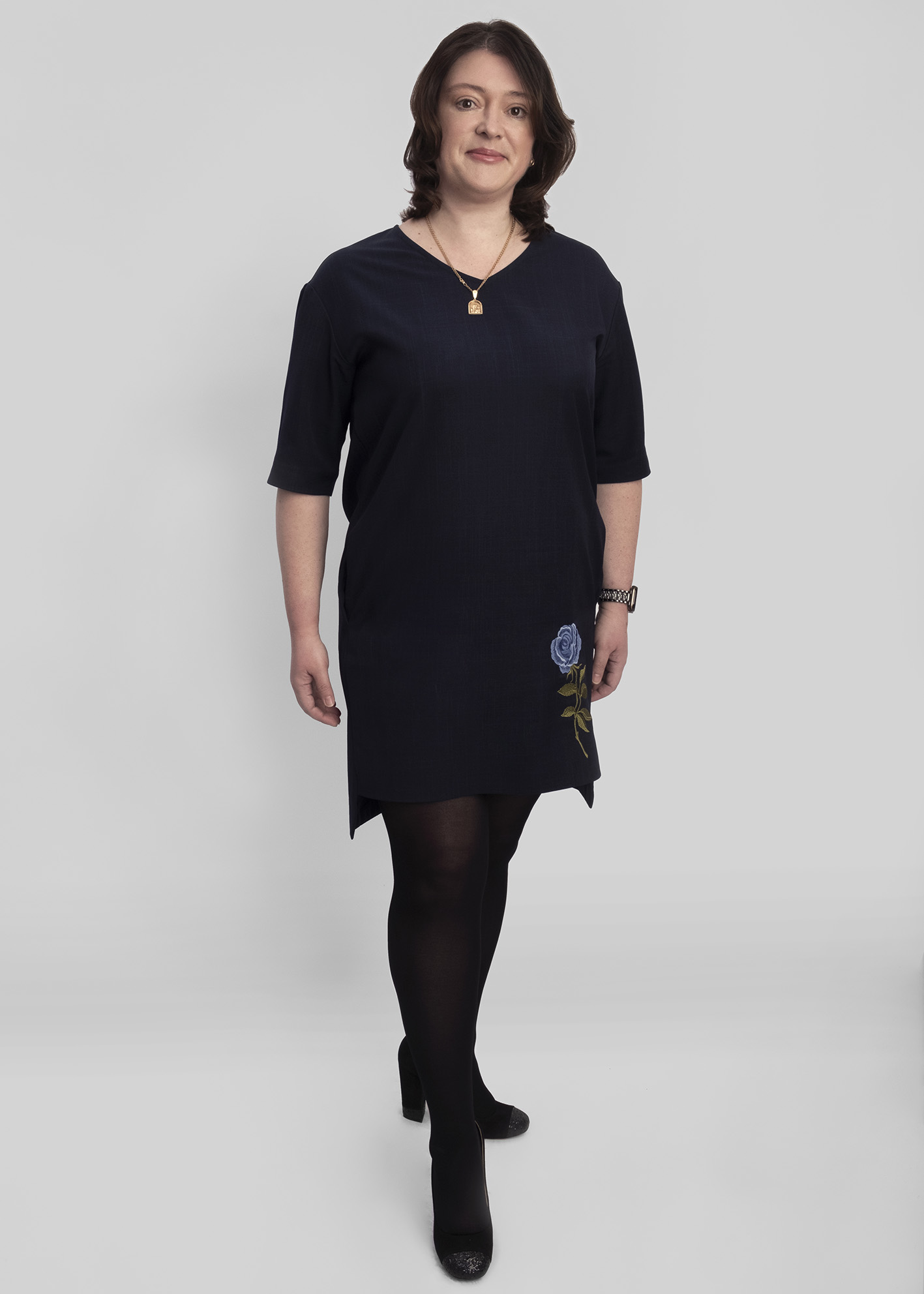- RU
- EN
- CN
变化地区 :阿联酋/沙特阿拉伯
Patent utility model and industrial design patent: which is better?

Terms and definitions
Let's clarify the concepts of a utility model and an industrial design from a legislative standpoint.
In accordance with paragraph 1 of Article 1351 of the Civil Code of the Russian Federation, a technical solution related to a device is protected as a utility model. Devices include products that do not have component parts (parts) or consist of two or more parts interconnected by assembly operations, located in a functional and structural unity (assembly units).
According to paragraph 1 of Article 1352 of the Civil Code of the Russian Federation, the design of the appearance of an industrial or handicraft product is protected as an industrial design. A product means any product of industrial or handicraft production, in particular packaging, a label, a composite product, a set of products, a font, as well as an independent part of the product. An industrial design is characterized by features that determine the appearance of the product, namely, shape, configuration, ornament and combination of colors, lines, contours, decor of the product, or texture of the material of the product. Features determined solely by the technical function of a product are not protected features of an industrial design. The appearance of the product is presented in images and described by features highlighting the essential, in the opinion of the applicant, features of the industrial design. Essential features of an industrial design include features if they determine the aesthetic features of the appearance of the product and form the visual impression made by the industrial design.
Differences Between Utility Model and Industrial Design
From the above definitions, a utility model patent protects the technical aspect – construction, device – while an industrial design patent protects the appearance or design of a product.
Next, let’s examine the criteria for granting utility model and industrial design patents, and their terms of validity, as there are notable differences.
A utility model is granted legal protection if it is new and industrially applicable. New in this context means that such a solution is not known in the world from any information publicly available in the world.
An industrial design is granted legal protection if its essential features are new and original. Let us note that the novelty, just like for a utility model, is global, that is, the design applied for registration should not be known in the world.
Now about the validity period of patents: a patent for a utility model is valid for 10 years, without the possibility of extension.
A patent for an industrial design is valid for 5 years, but can be repeatedly extended for five years, but in general for no more than twenty-five years, counting from the date of filing the patent application with the patent office.
Separately, you should pay attention to the fact that in order for the patent to be valid, it is necessary to pay an annual fee to the state treasury. Only if the established annual fees are paid, the patent term can be 10 years and 25 years for a utility model and an industrial design, respectively.
Based on the validity period of patents and the need to pay fees for their maintenance, we can draw another conclusion based on the economic component - an industrial design patent is more expensive than a utility model patent.
In a nut, utility model:
- protects technical solution related to the device
- patentability criteria: world novelty, industrial applicability
- validity: 10 years
- possibility of extension: no
- cost of obtaining a patent cheaper than an industrial design
Industrial model:
- protects solution for the appearance of an industrial or handicraft product (design)
- patentability criteria: world novelty, originality
- validity: 5 years
- possibility of extension: repeatedly for 5 years, but in general for no more than 25 years
- cost of obtaining a patent more expensive than a utility model
A common question is whether the same product can be protected by both a utility model patent and an industrial design patent. The clear answer is yes. A product can have both patentable technical aspects and an appearance. As highly qualified patent attorneys, we believe it is essential to protect solutions comprehensively, obtaining as many patents as possible for technical components: not only for entire devices, structures, but also for their individual parts, units, unique details, manufacturing methods, and design solutions. This approach ensures robust protection from competitors.
Case studies
Now let’s look at real patents from our practice for the same product, which is protected by both a utility model patent and an industrial design patent.
Utility model patent No. 186356, entitled “Mop attachment unit”, with the scope of legal protection, which is determined by independent paragraph 1 of the utility model formula: “Mop attachment unit containing a “socket” type fixation element, fixation elements made in one piece with the base of the mop, in which an axis is installed, an Ω-shaped element, configured to be fixed on the axis, containing a head and a free edge, wherein the inner surface of the free edge of the Ω-shaped element contains horizontal protrusions, and the axis contains at least one vertical segment and at least two horizontal segments, which are configured to be fixed by vertical clamps located on the inner surface of the free edge of the Ω-shaped element, the head of the Ω-shaped element contains a through hole in which a protruding fastening element is installed, located at one of the ends of the fastening element "female" type, wherein the other end of the "female" type fastening element contains a mating hole for installing a plug."
The technical solution is illustrated by figure 1:

Patent for industrial design No. 115615 entitled “Mop attachment unit”. The appearance of the product is protected by the following image:

In conclusion, I would like to note that the choice of patent with which to protect your decision is always at the discretion of the applicant, however, we, as patent attorneys, recommend that you protect your decisions comprehensively. If it is possible to obtain several patents, then it is better to protect the technical component of your solution by filing patents, for example, for the design as a whole and its individual most significant parts, components, manufacturing technology, and the solution to the appearance of the product (design). The patent attorneys of Zuykov and partners will help you to approach this issue correctly, and economically most advantageously, as well as evaluate all the pros and cons.


